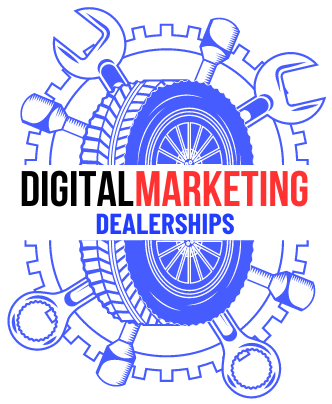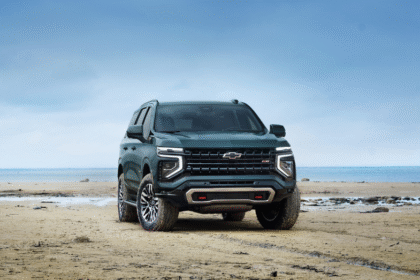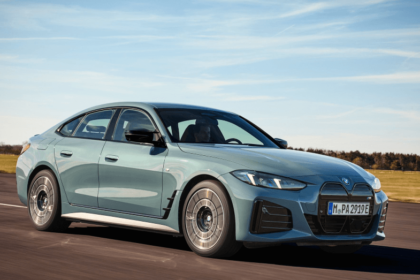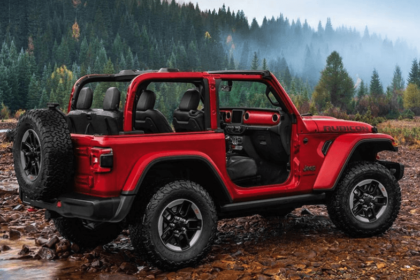Virtual Reality and Augmented Reality bring some interesting advertising and marketing possibilities to the automotive market. Let’s look at a few of them.
VR and AR are still evolving, bringing futuristic applications of potential automotive shopping experiences to the market. Many marketing agencies have figured out how to involve these futuristic processes in their strategies. The widespread use of VR and AR hasn’t taken off in many areas except advertising, marketing, and public relations. That said, advertising is extremely important to the success of any car dealership, which has to reach the local community to bring in more customers.
Here are several benefits of virtual reality and augmented reality for your automotive marketing.
Personalized experiences
The modern age of technology allows shoppers to desire experiences in every aspect of their lives. The use of VR and AR allows marketing teams to build advertising that puts customers in the middle of the experience with many ways to learn more about the vehicles they might drive. Programmatic advertising allows the experiences to become personalized, which makes it much easier for new customers to have an immersive experience before arriving at the dealership.
Improved social shopping
More shoppers than ever before are turning to social media to begin their car shopping. Social media is incorporating augmented reality and virtual reality to take the social shopping experience to a new level. Snapchat is one of the most popular places for consumers to shop and find the items they want to enjoy while looking for the right vehicle to drive. Implementing AR shopping is quickly becoming a reality, which could push social media marketing forward for many car dealerships. You might find this technology at work the next time you’re shopping for something online and then turn to social media.
Virtual Engagement Gets Things Started
When the coronavirus pandemic hit, companies had to find new ways to meet and gather without doing so in person. This brought many organizations to Zoom calls and online working meetings to replace in-person events and conferences. This continues to be the case for many events and meetings. Using virtual engagement to replace some in-person events, customers can participate in a class, meeting, or advertising event without physically gathering together.
Gathering Information Through VR Experiences
Automotive dealerships looking for writers to review products and services can now do so without inviting them to the facility to experience the various departments and how they run. Using virtual reality and augmented reality, dealerships can reach out to public relations experts to understand what makes them special and sets them apart without the journalists visiting the dealership location, especially if the journalist lives in a remote area. Car dealerships can give virtual walkthroughs of the dealership location and enjoy offering a virtual test drive or a look at the service department.
Experimental Marketing
Many online advertising agencies are working with VR to understand the possible changes and improvements that could be part of the marketing efforts when using virtual reality. This could be access to new experiences or showcasing new products and vehicle features that will give customers a great way to enjoy what a vehicle has to offer before they buy one. Using VR, customers can imagine driving a car or being part of an event. Eventually, every aspect of buying and selling cars could be done virtually.
Using apps to integrated interactions
Major shopping centers and expos are where most brands showcase new items or interesting changes coming into the market, but not everyone can attend these events in person. Using virtual reality and augmented reality, these events and expos can be attended by anyone interested in the new products in the automotive industry. More tech companies are part of the automotive world than ever before. An example of this is how Google is making AR integration for almost all apps, which could be the future of technology.
Hybridized experiences
Many automotive customers want to enjoy a bit of both worlds. This could mean taking a virtual test drive before heading to the dealership for a live test drive of any vehicle. Using virtual reality, customers get to learn more about vehicles than ever before, which helps them make a more informed decision when buying a car. Eventually, these customers will come to the car dealership to close the deal and sign papers. This hybrid experience makes a lot of sense for many shoppers.
Automotive marketing is incorporating augmented reality and virtual reality in many ways to enhance the shopping experience for any customer looking for their next great ride.




